I seem to always begin my days with having to cross a freeway. This time it was the Orange Freeway, though thankfully I was able to use an underpass without having to deal with the ramps.
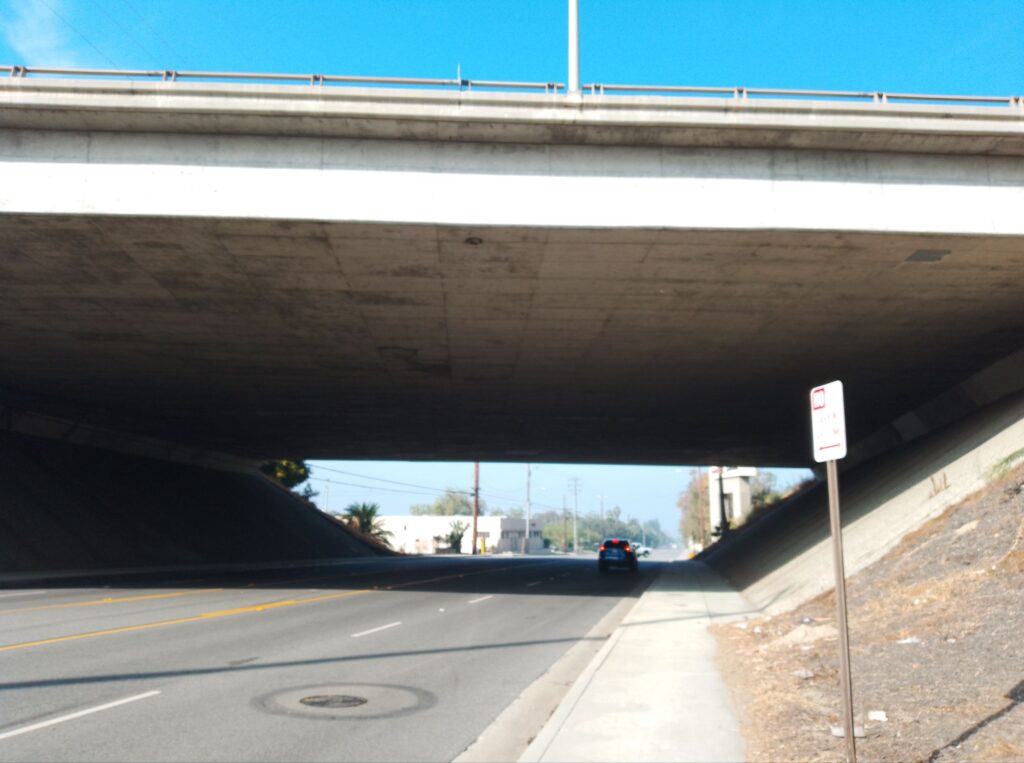
The highlight of the morning was a little rest at the Charter Oak branch of the LA County Library. It’s a very cozy branch where the staff know the customers by name, and are really able to build relationships. Luci, one of the librarians, was able to chat with me a bit, sharing stories about her 30 years of experience. She spoke of the library with immense joy, seeing her work transform lives, as children who came to her storytime grew up, went to college, and came back to say thank you. It’s pretty easy for us to go to post-secondary in Canada–tuition is comparatively low, and government loans are on relatively generous terms–but not so much here in California. Her stories were truly inspiring, and to me, are what public libraries really have the potential to be.

Following the Arrow Route west, I gotta say it’s the LA I imagined, even if it was only LA county: a lot of parking lots and sprawl. Where the dirty work happens that keeps everything else running.
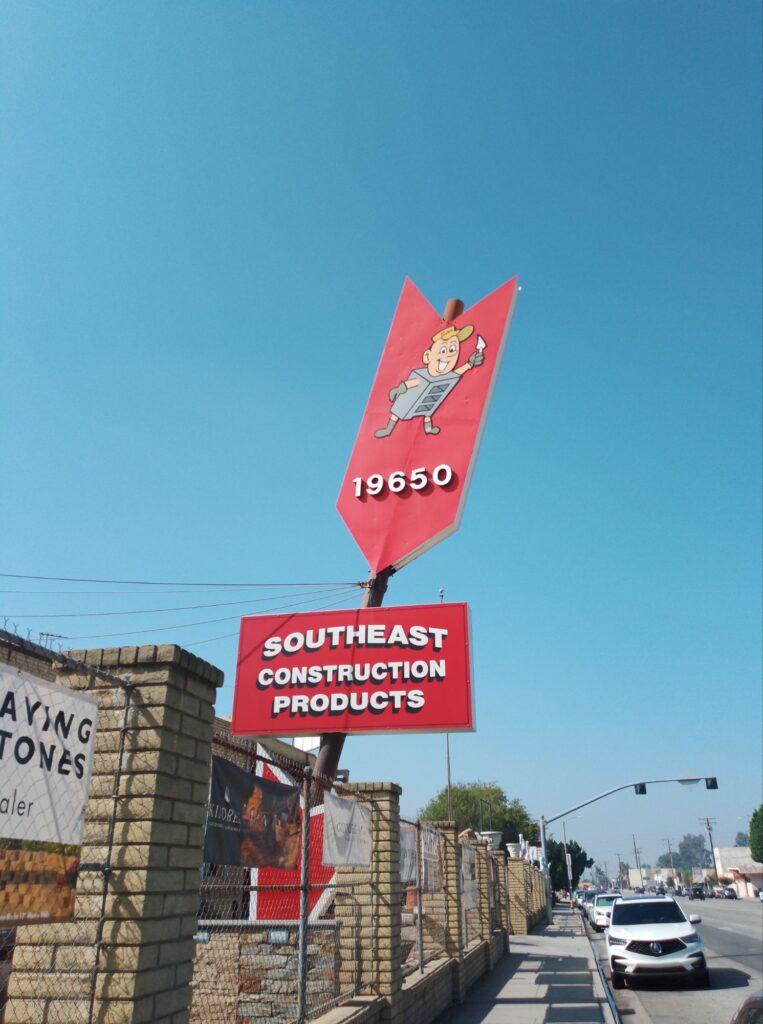
A meal-sized snack in Covina got me thinking about what was so unusual about my walking experience so far. I walked for hours, but it didn’t feel like I was getting anywhere, because the distances were so big. It’s really been unlike any city walking I’d ever done. I’d walk for hours and, at a glance, everything looks the same. So I found myself having to work harder to try and notice more things. I’d go crazy otherwise.
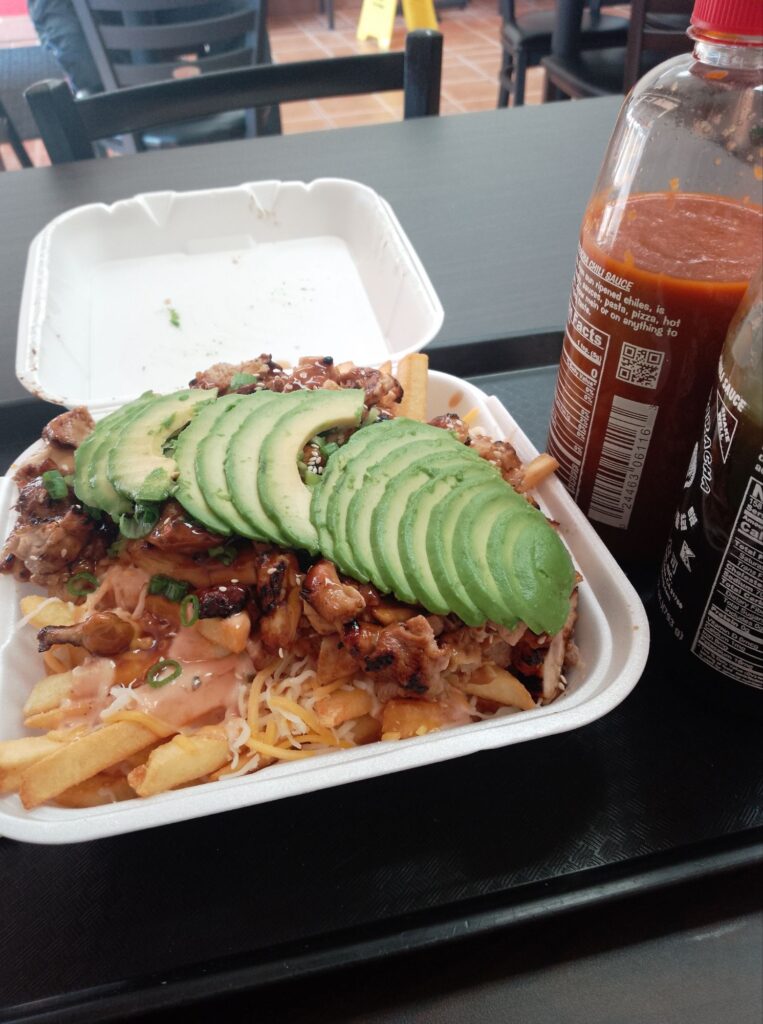
I did notice a recurring pattern most times I crossed into a new city: it would start out as a giant gated neighborhoods or business parks, then slowly buildings would get smaller until I reached the old town, the part that was built before cars became common. These were usually where the city halls, small shops, and libraries were, and were always the nicest parts to walk.
There’s a book I love called Close-Up: How to Read the American City, by the late journalist Grady Clay–it’s a field guide to the city. I kind of liken it to reading about the natural history of, say, the San Gabriel Mountains: you gain a whole new understanding of what it is that you’re looking at. Asking “Why is there a warehouse here?” isn’t so different from asking “Why is this kind of tree growing here?”. It leads you to ask questions about the context, the environment, and how things came to be that way.
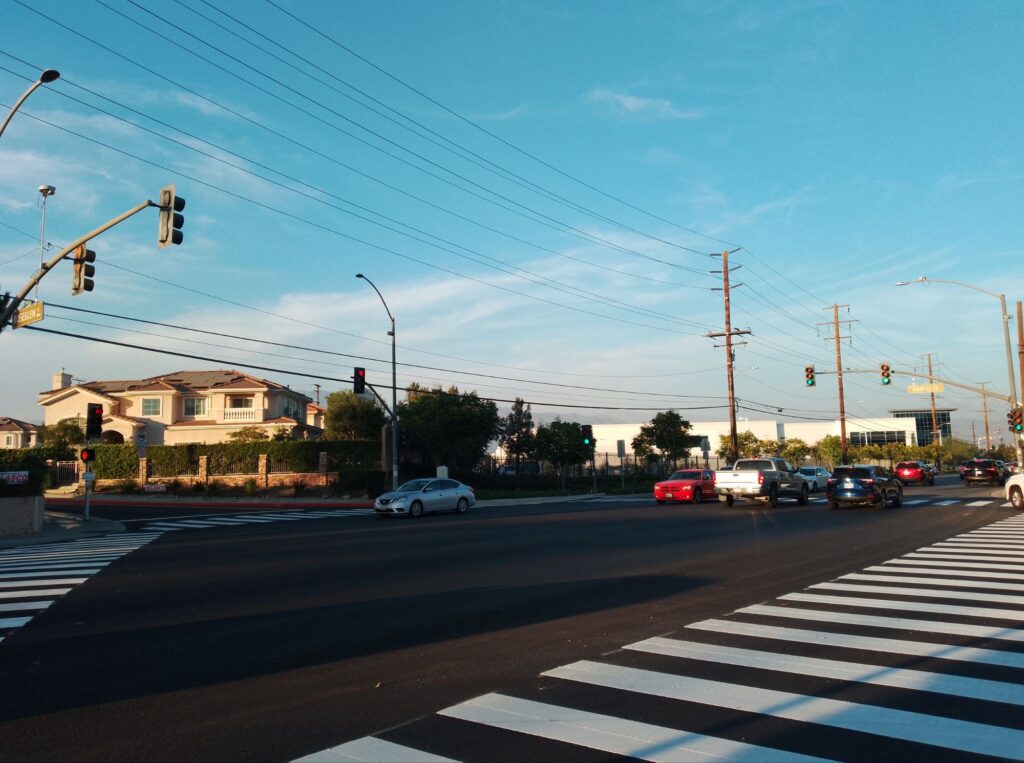
In the “Strips” section there’s an amazing diagram tracing how commercial strips (essentially what I was walking for four straight days) evolve through different phases.

The old town or village centers still survive though, and in a way, I was walking back and forth through history: back in time among the old buildings on main streets, then back to the present with the tract houses, big box stores, and business parks. Then I’d repeat this going backwards and forwards again and again.
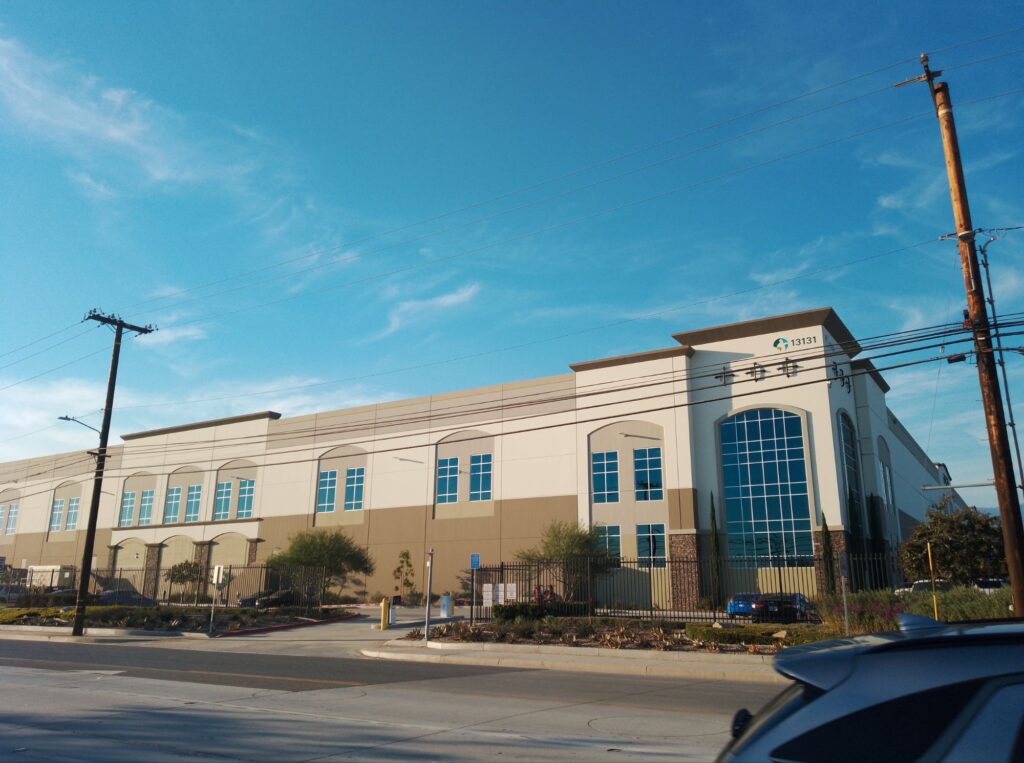
I reached the city of Baldwin Park, stopped in at the 8th or so grocery store since the start, and had a little pause in Morgan Park, very lively around sunset. The sound of the Metrolink train horn has really become baked into my brain; I’ve never been too far away from it, and since it crossed so many streets, it’s blowing the horn constantly. About this point on my walk I started to see more signs in Chinese and some in Vietnamese, a sure sign I’m in the San Gabriel Valley (or SGV, for short).
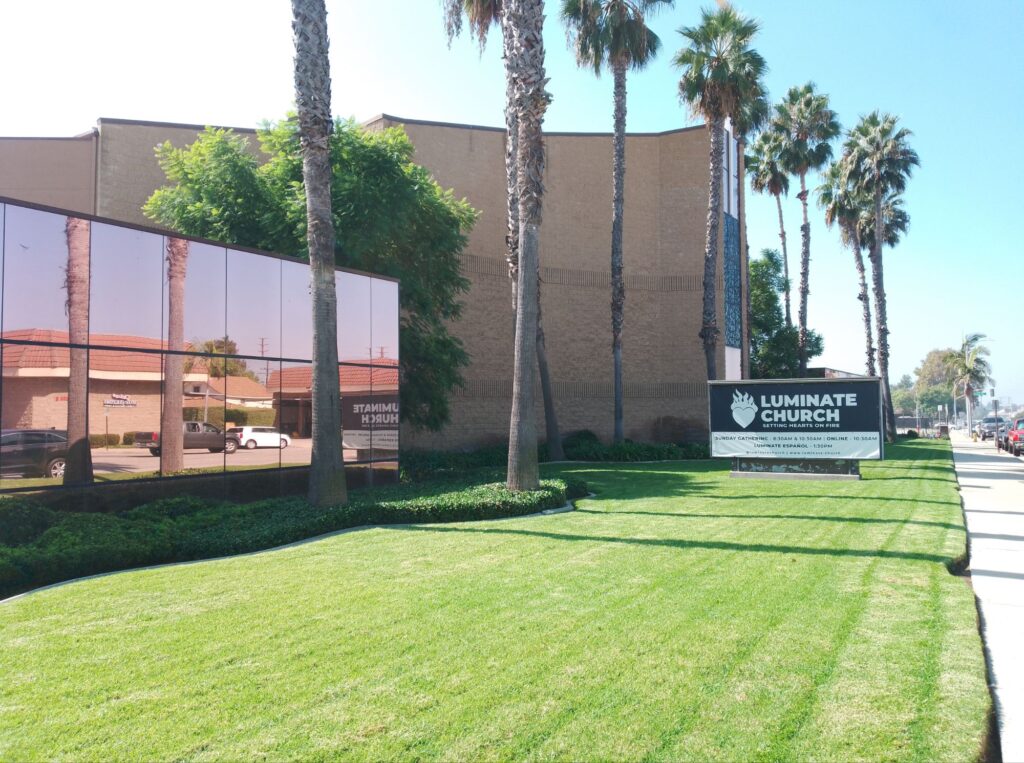
I walked along Los Angeles Street, a possible hint at its part of an old route, and the neighbourhoods and carnicerias started to give way to warehouses, and a lot of nothing on one side. This was a giant open pit gravel mine (and landfill for construction materials). To me, it was stunning to see it so close to people’s homes.

Crossing the freeway and the San Gabriel River, I came to the Emerald Necklace: a system of bike paths along the rivers. It was nice to see a place to bike without having to watch for cars every few seconds.

Down Peck Road and Ramona Boulevard, I got to experience El Monte’s main street at dusk. I was surprised to see families walking, and businesses open, and the street was pretty lively for a Thursday night. There was a miniature playground on a converted sidewalk that even had some kids and parents playing.
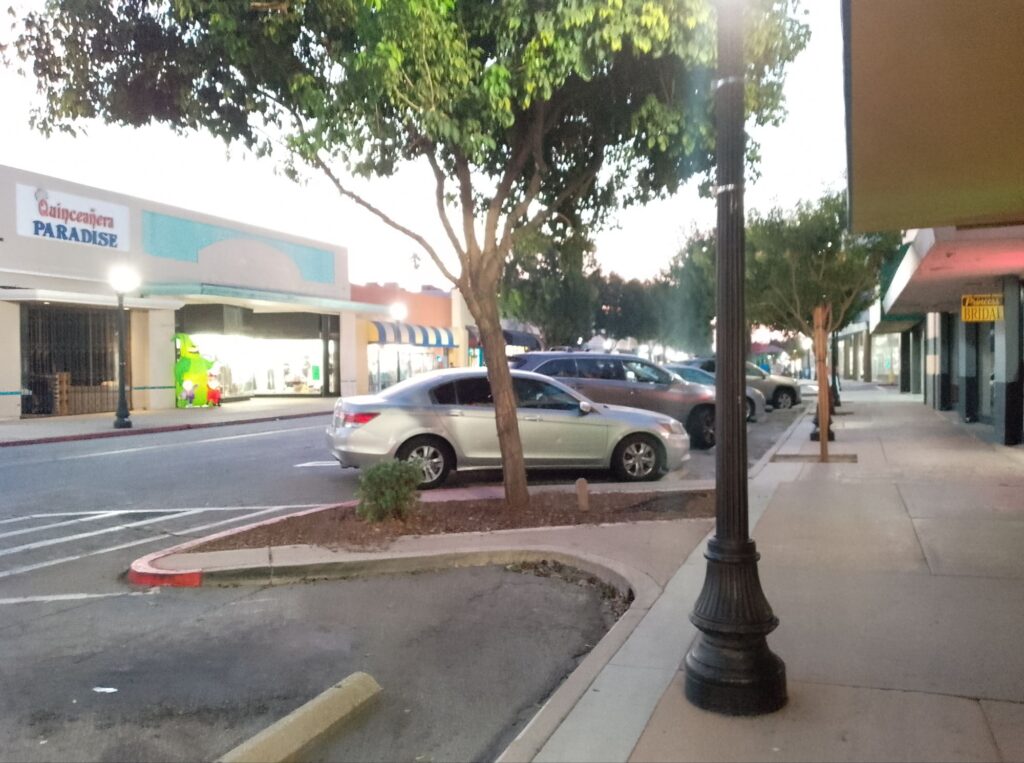
I checked into my motel, where the front desk clerk reminded a lot of one of the countless distant dad’s cousin’s uncles. I’d visit as a kid.
–Smoking or non-smoking?
–Non, please.
–Mm, good. This is a non-smoking hotel.
The place was clean and well-appointed, and had the decor of a relative’s house as well (in the best possible way).
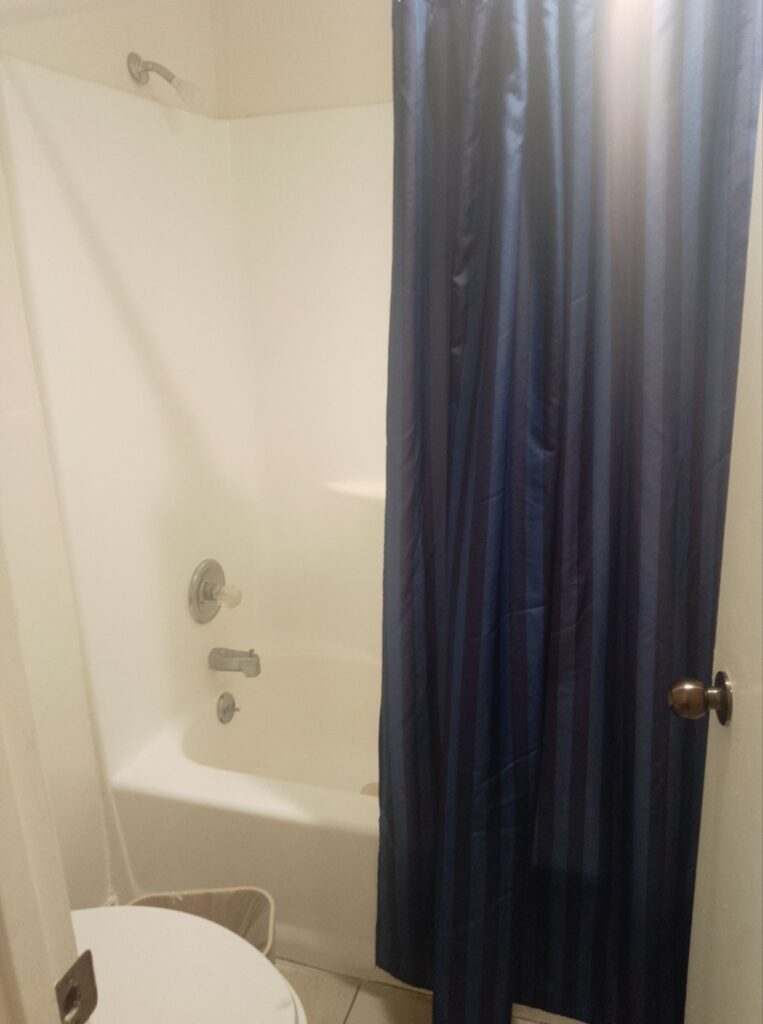
This was definitely the liveliest and most urban area I’d been in so far: there were taco and tamale vendors, aguas frescas sold on a bike cart, and the sidewalks weren’t deserted.
19km left.
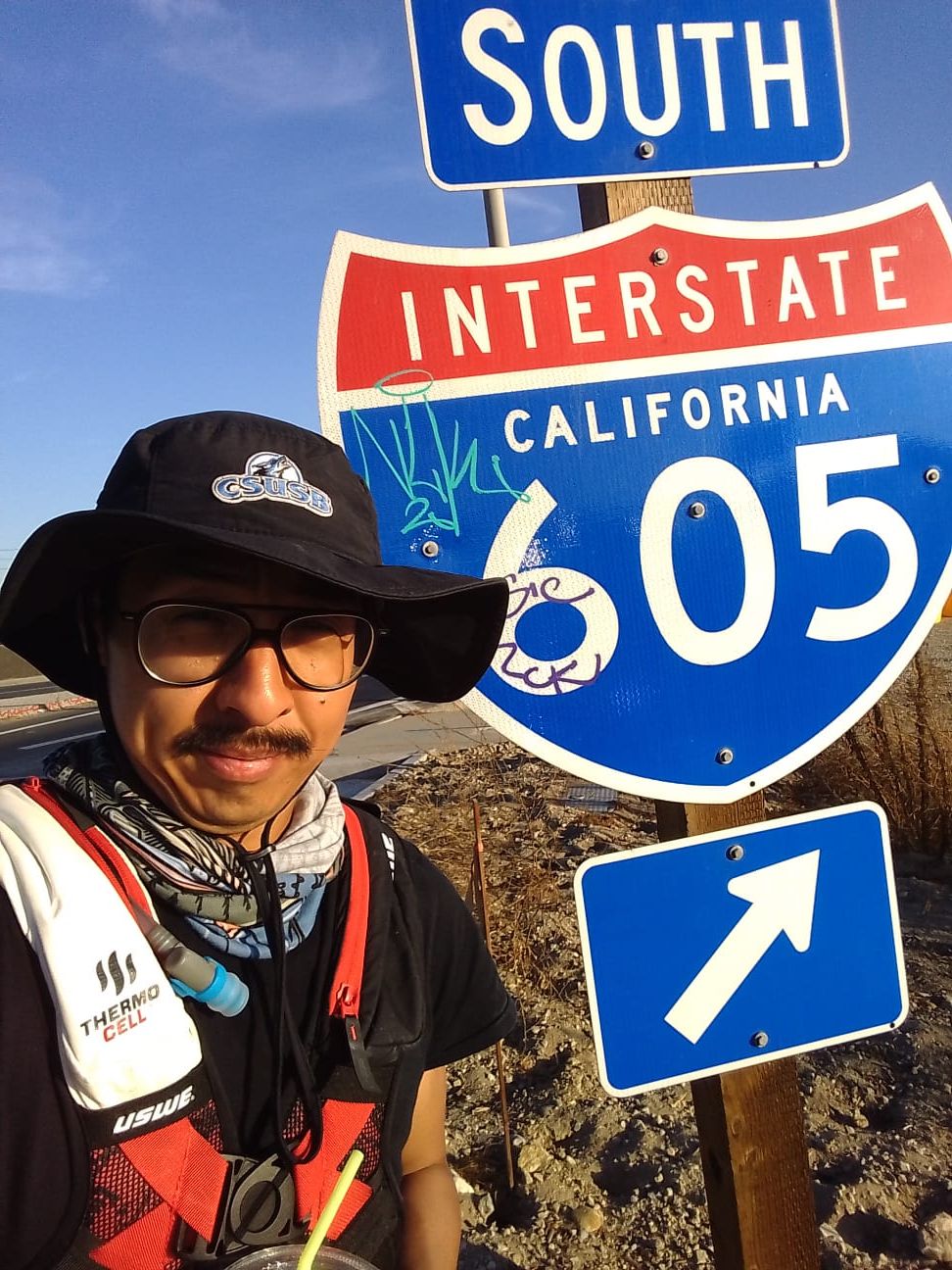
Leave a Reply